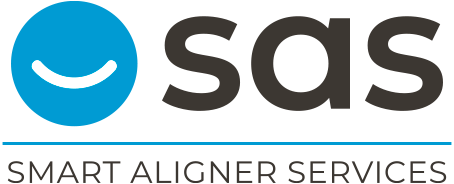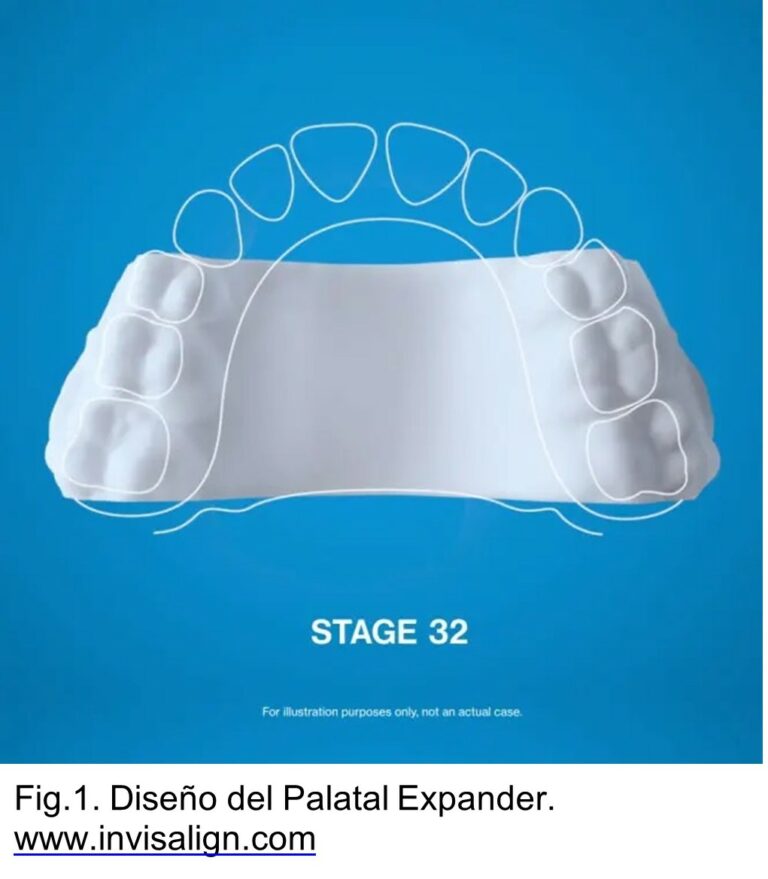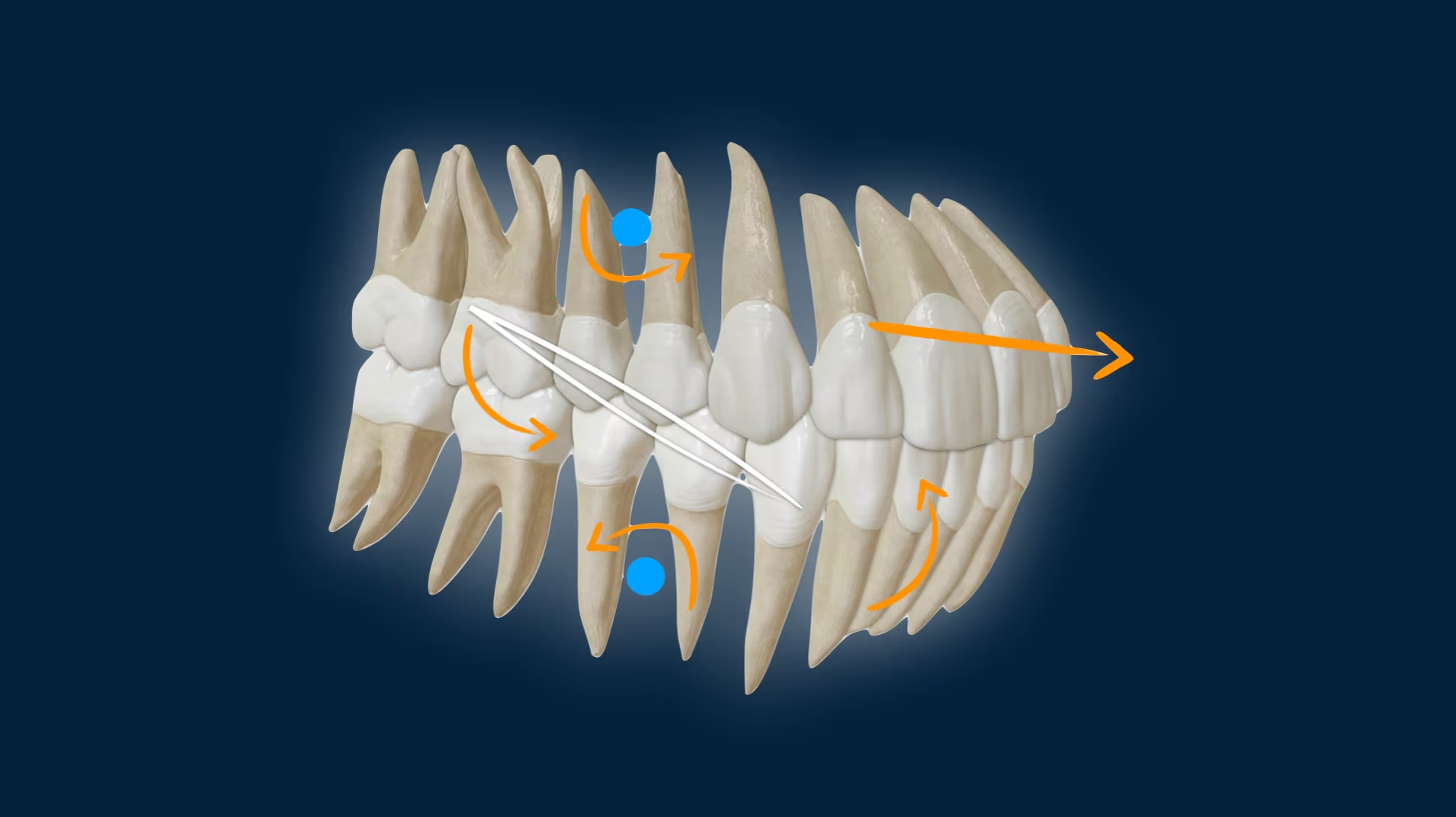
What is the effect of elastics in a Class III?
When planning Class III treatment with aligners, the movements that appear in the software can be confusing. No platform is going to tell us the limits of distalisation, nor how the planned movements are really going to occur... And neither can it reflect the effects that the elastics will have on both arches. The clinical reality is that elastics will have a similar effect on patients treated with aligners and with brackets. Let us list these effects schematically:
- Extrusion of upper molars
- Extrusion of lower canines and incisors
- Proinclination of upper incisors
- Retroinclination of lower incisors
- Anti-clockwise rotation of the occlusal plane
- Increasing the vertical dimension
- Mesialisation of the upper arch.
None of these effects will be reflected in the ClinCheck. They are movements that will occur to a greater or lesser extent depending on the characteristics of the patient and the force and time of use of the elastics. It is our job to monitor these effects and set the limits to which we are willing to go.
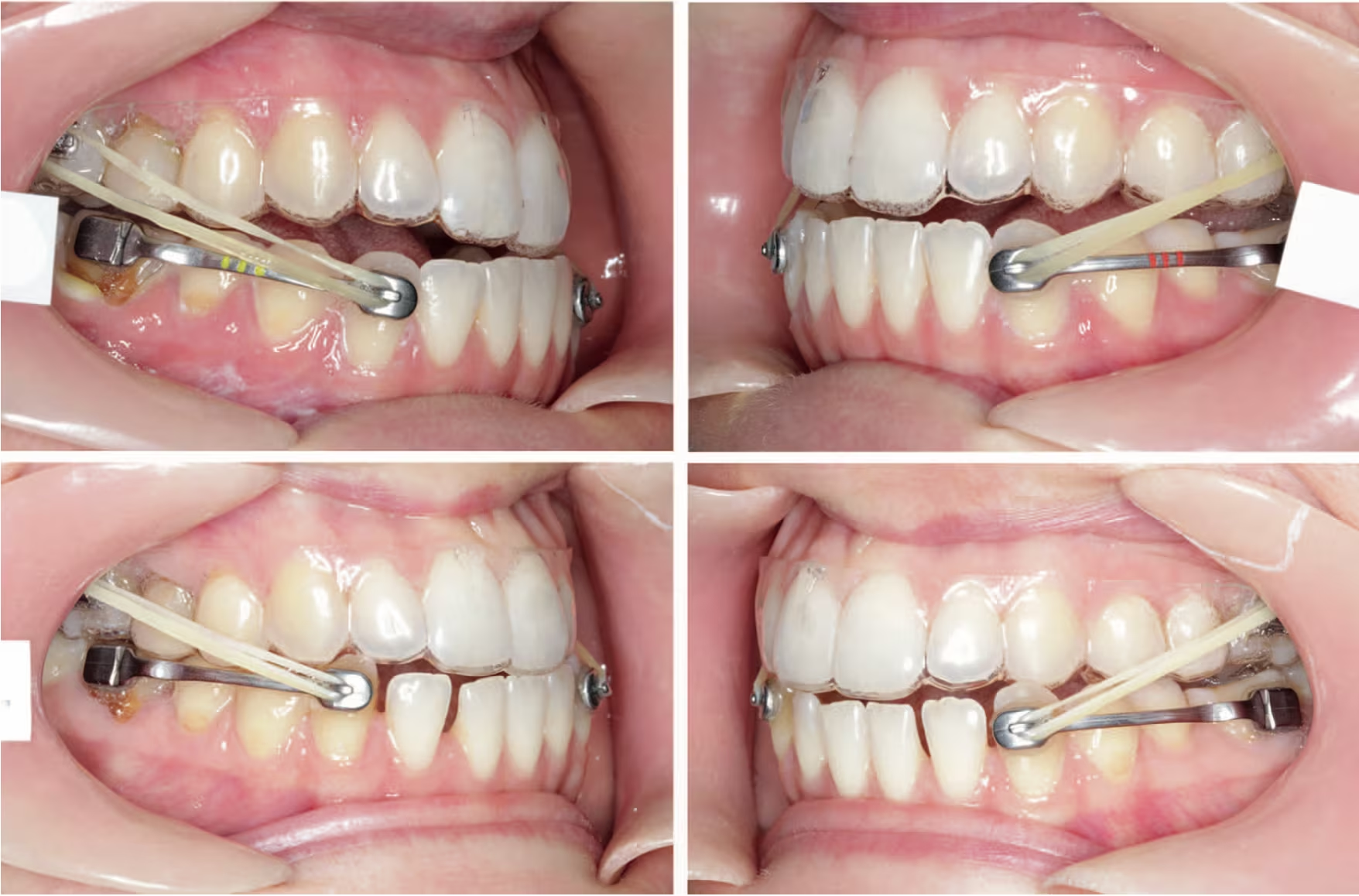
It is curious that, even using sectional mechanics for distalisation, such as the Carriere Motion for Class III, it is not feasible to avoid this undesired effect. In the article published by McNamara Jr. et al, where they analysed the results of the Carriere Motion for Class III, they observed how, after 6 months of treatment with this appliance, Class III was resolved with a combination of mesialisation of the upper molars of 1.9 mm and distalisation of the lower molars of 1.8 mm, with a post-treatment "rebound" movement of 0.2 mm and 0.5 mm respectively.
Let's do a bit of mathematics. If after 6 months of using 6 oz Class III elastics 24 hours a day, an average upper molar mesialisation of 1.8 mm and an average upper incisor proinclination of 1.9 mm is achieved..... How much upper arch mesialisation can we expect each month? Approximately 0.3 mm of upper arch mesialisation will be achieved.
This calculation of 0.3 mm/month is approximate and cannot be extrapolated to all cases, as there are many variables that can affect this movement. However, thanks to this analysis we can see that, although in the virtual planning we are correcting the malocclusion by lower distalisation and the upper molars do not move, this does not mean that it will be the same in the patient's mouth.
The longer the Class III elastics are worn and the greater their strength, the greater the impact on the upper teeth. Sometimes this effect will work in our favour, sometimes it will have negative consequences that are difficult to resolve.
McNamara Jr et al. Evaluation of adolescent and adult patients treated with the Carriere Motion Class III appliance followed by fixed appliances. Angle Orthod. 2021;91:149-156.
Share this post:
Other entries
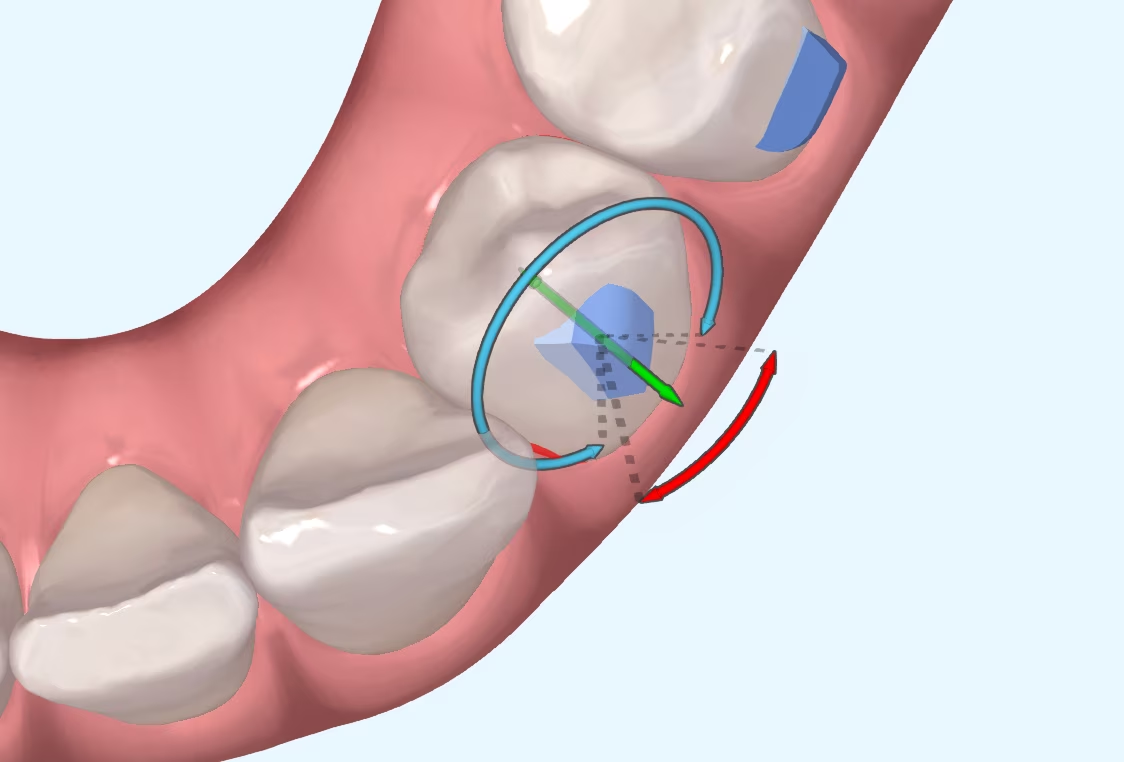
Which attachments are better for premolar rotation?
I suppose many of you are familiar with the myth of Achilles, the Greek hero who was immersed as a child in the River Styx by his mother in order to make him
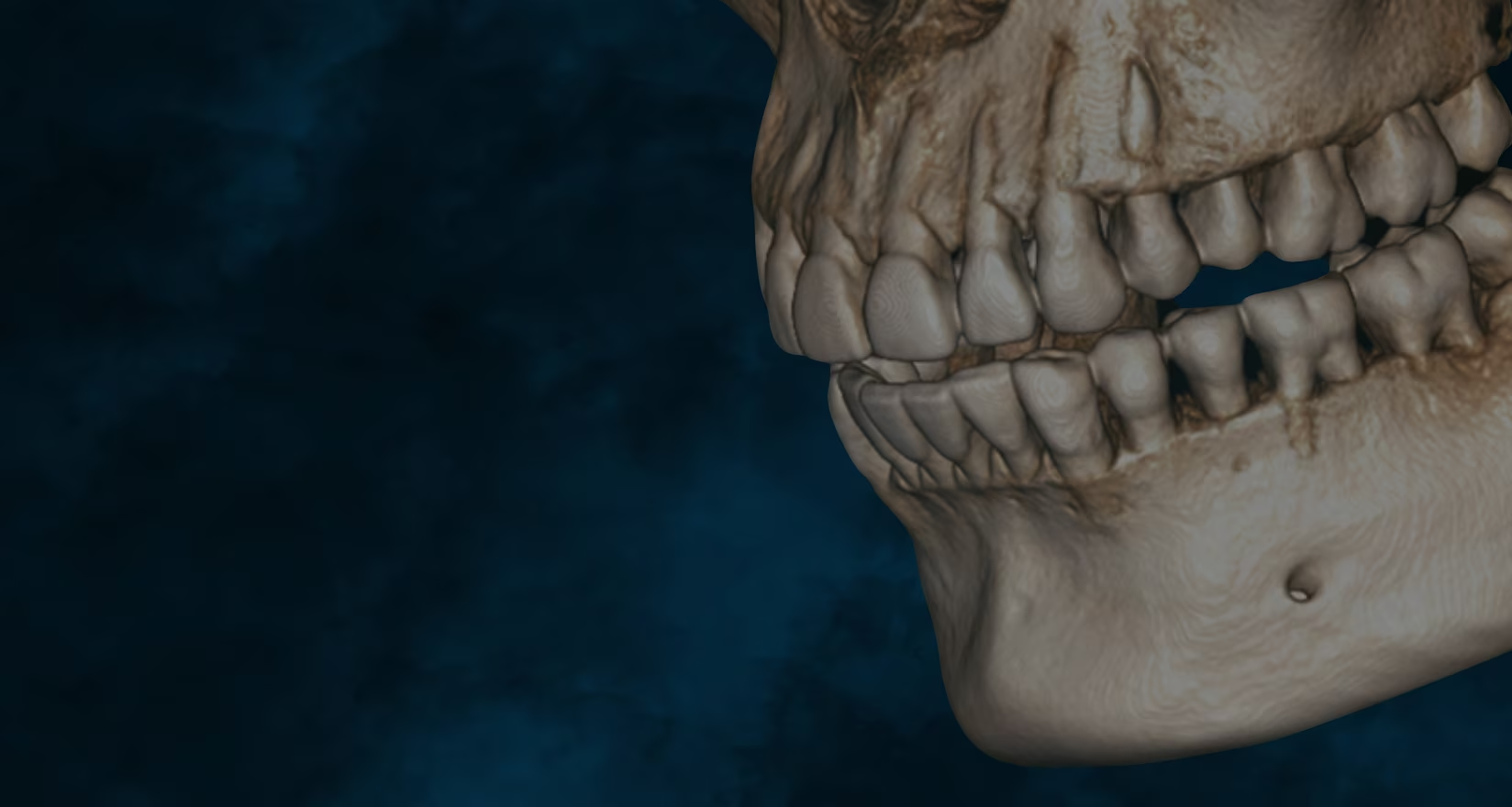
Has CBCT been a step forward in dentistry?
What is CBCT? CBCT is a medical imaging technique that uses a special type of computed tomography (CT) scan to obtain three-dimensional images.
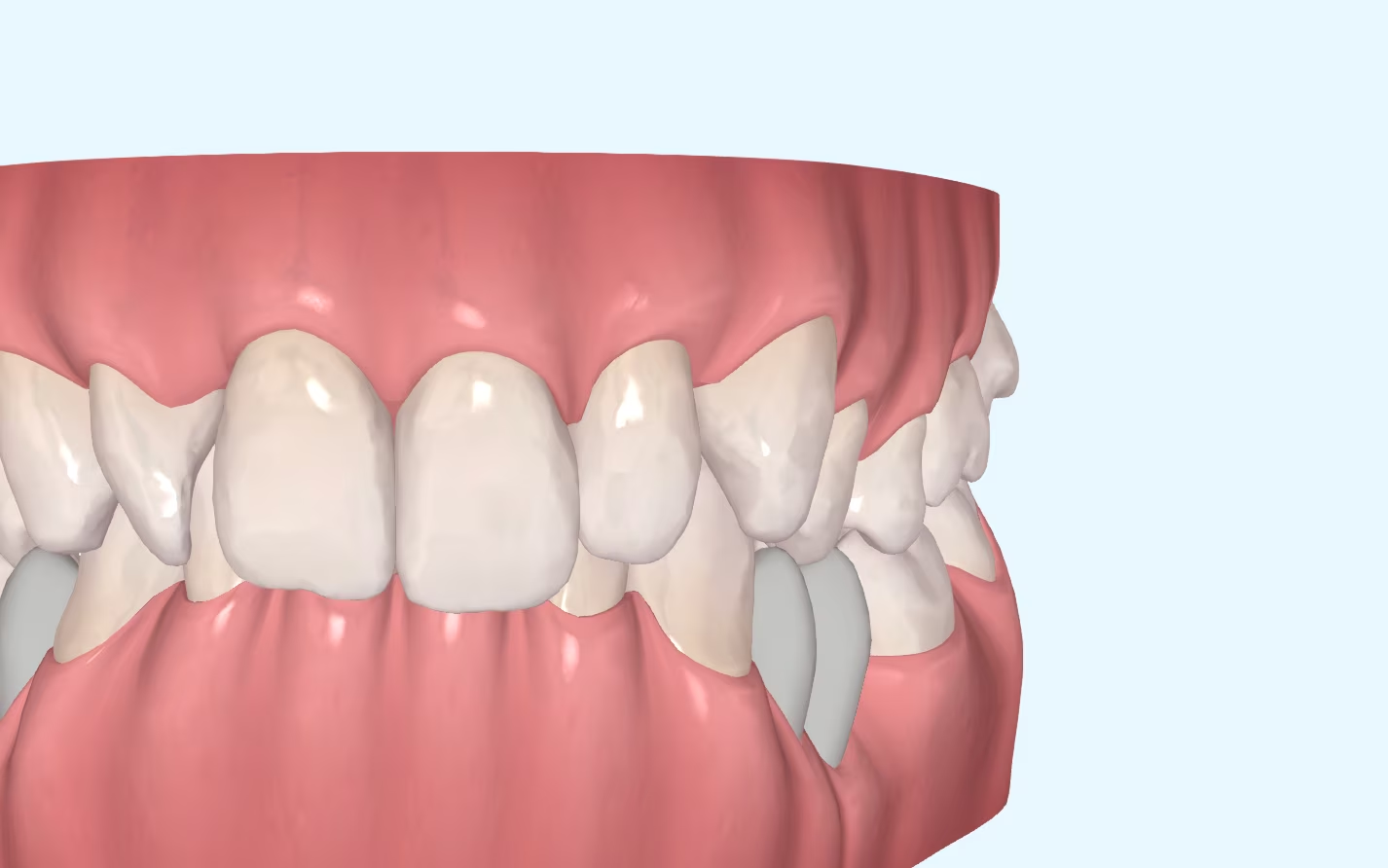
Mastering the Overbite: Strategies and Challenges:
Challenges of Overbite In the more than 20 years that we have been working with invisible orthodontics, we have gone from considering some malocclusions "impossible" to daring to

Are we aware of what we are doing?
It is not a question to make us feel guilty. It is only a question that invites us to reflect, to think about the impact we can have in
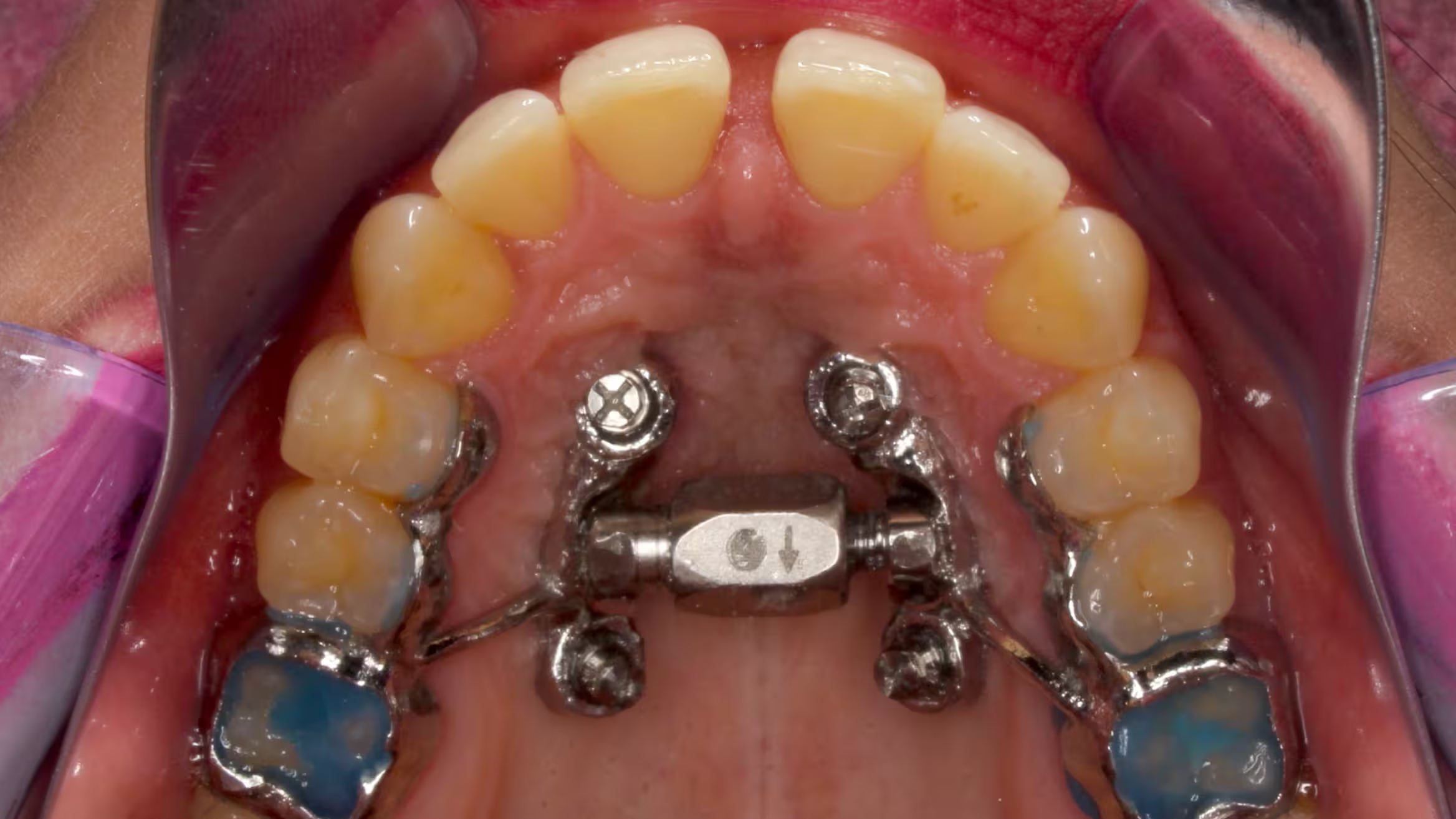
MARPE: Is there an age limit for placement?
Introduction: Understanding Maxillary Compression Maxillary compression is a relatively common problem seen in our daily practice. This osseodental discrepancy that presents the
